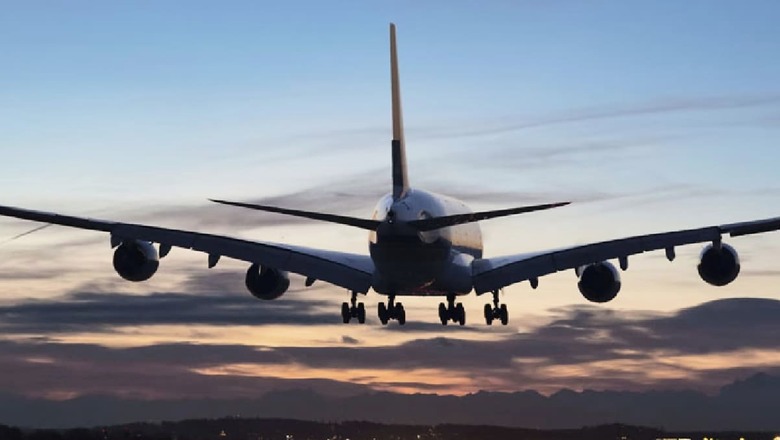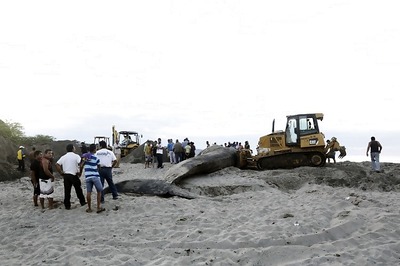
views
India’s aviation industry has undergone a significant transformation. The once-affordable airline market is now struggling with increased ticket prices as the industry evolves into a duopoly.
Having said that, Thomas Cook India and SOTC Travel’s analyses show that airfares on the popular Mumbai-New Delhi route have increased by 23 percent between January to August of last year.
According to research by the Airports Council International Asia Pacific, the region also experienced the most significant increase in airfares of 41 percent in the first three months of this year compared to 2019. The surge in airfares comes at a time when IndiGo and Air India Ltd., two major players, are dominating the domestic aviation market.
IndiGo, an aviation giant with a commanding 63 percent market share, is strategically positioned to profit from additional passenger traffic. The reason being its historic order of 500 Airbus SE planes, which is expected to expand its fleet from 2030.
Air India, the country’s second-largest airline, is also stepping into the spotlight with an aircraft agreement. Tata Group and Singapore Airlines Ltd. are currently co-owners of Vistara, and plans to merge the two companies are currently in action. Having said that, the merger is likely to conclude next year. Moreover, Air India is in the process of acquiring AirAsia’s local unit, which will eventually merge with Air India Express.
As larger carriers scale up, smaller ones face contraction. For instance, Go Airlines India Ltd. halted operations in May due to problems with the Pratt & Whitney engines used by RTX. The company’s future is still unclear as it struggles to find money and retain pilots in the midst of bankruptcy. Even SpiceJet Ltd., an airline with few amenities that has reported losses in the last 5 years, is feeling the pressure.
The surge in airfares could potentially hinder Indian Prime Minister Narendra Modi’s aspiration to make air travel accessible to a broader spectrum of the population, particularly those who have traditionally been excluded due to financial constraints.
The great majority of people rely on more affordable train choices for long-distance travel, with only a small portion of the population currently having access to air travel. Only 8.8 percent of the population flew domestically in the previous year.
The government urges airlines to maintain reasonable domestic airfares amid rising summer prices, particularly on routes previously operated by Go Air. The increase, caused by demand-supply imbalances, presents challenges for consumers but aids post-pandemic airline profitability.
India’s competitive market has seen airlines collapse due to low fares and sustaining higher prices is quite crucial. Labor and supply chain inflation elevate costs, while global supply chain disruptions, labor shortages, and aircraft scarcity affect operations. India’s growing middle class, resilient to high fares, drives increased passenger traffic post-lockdowns. Also, soaring fuel prices add to aviation’s challenges.


















Comments
0 comment